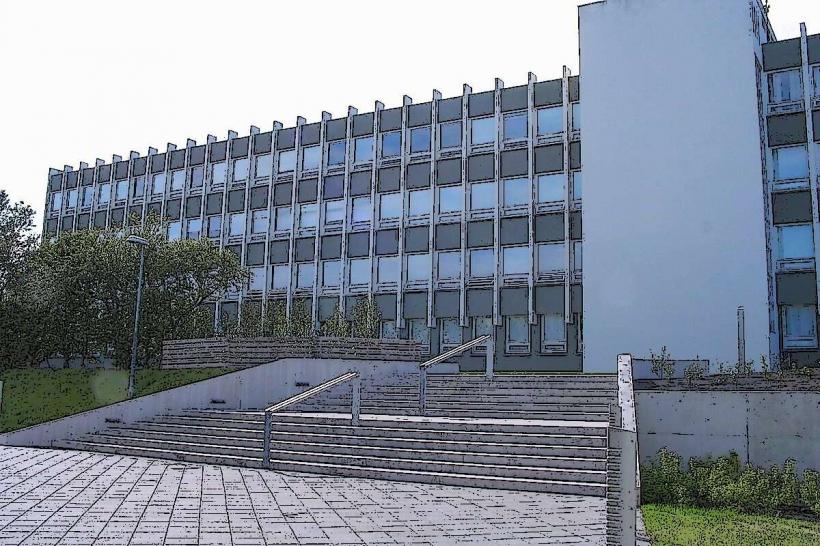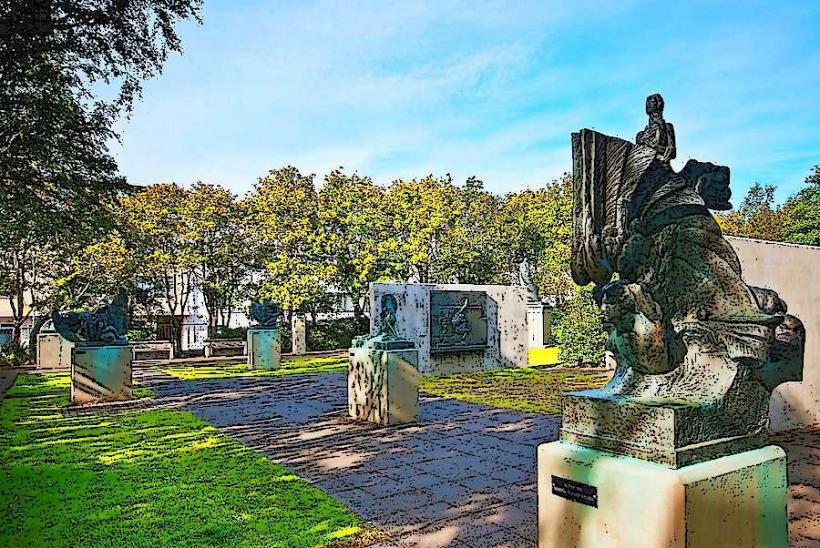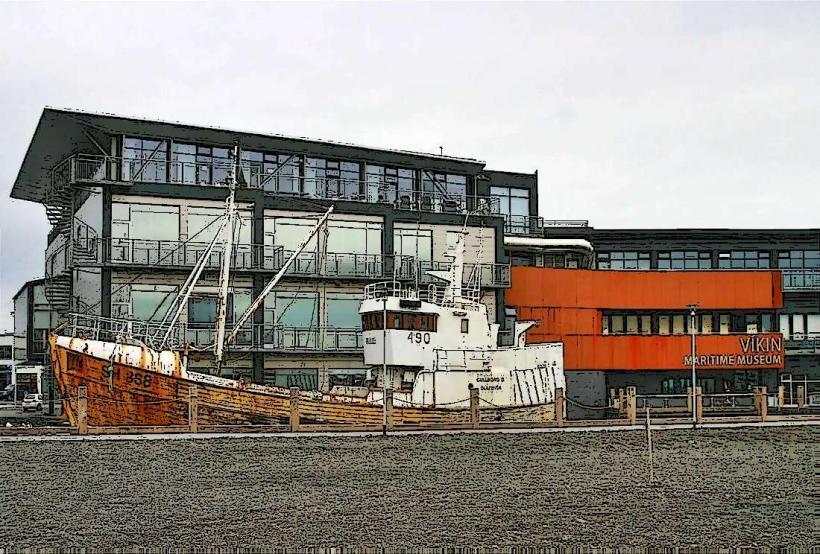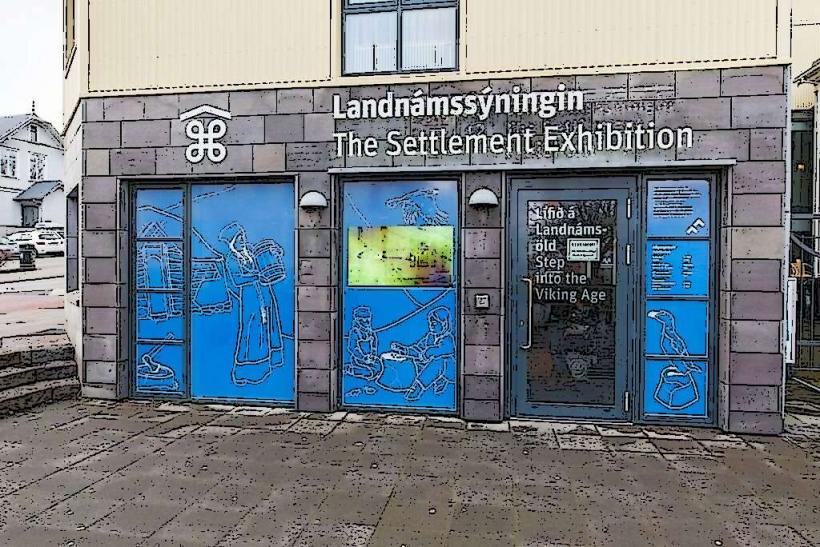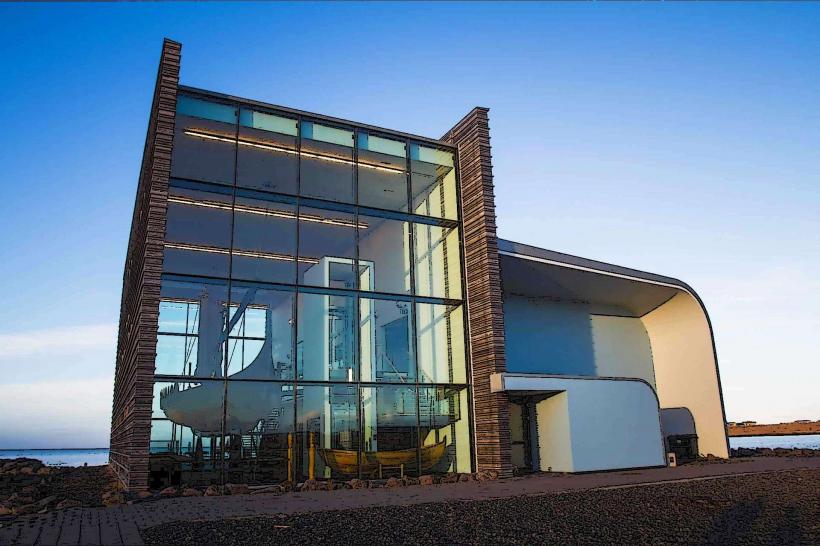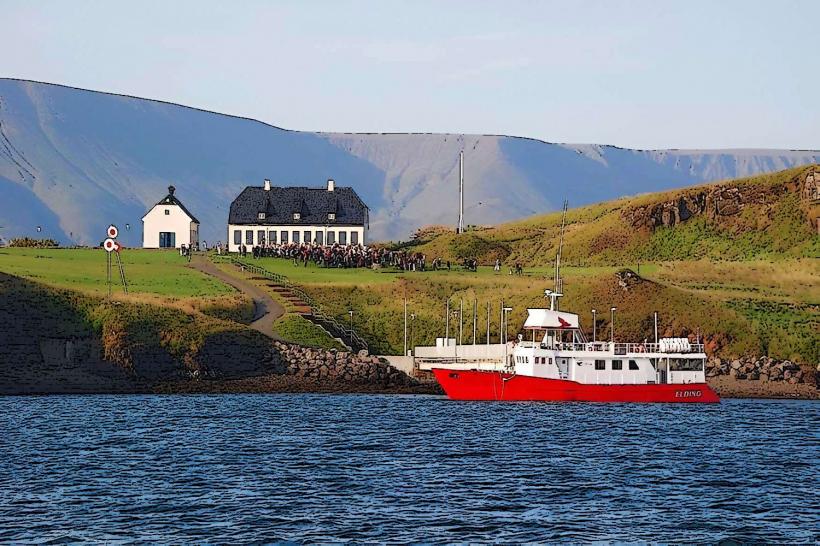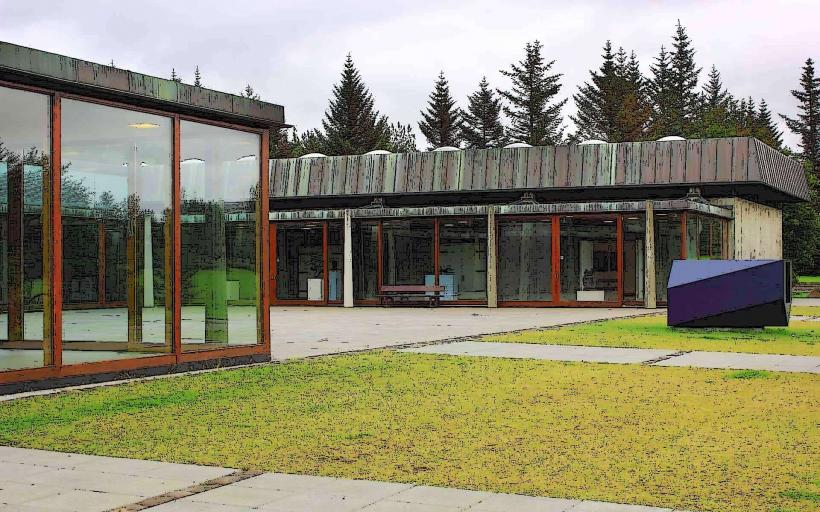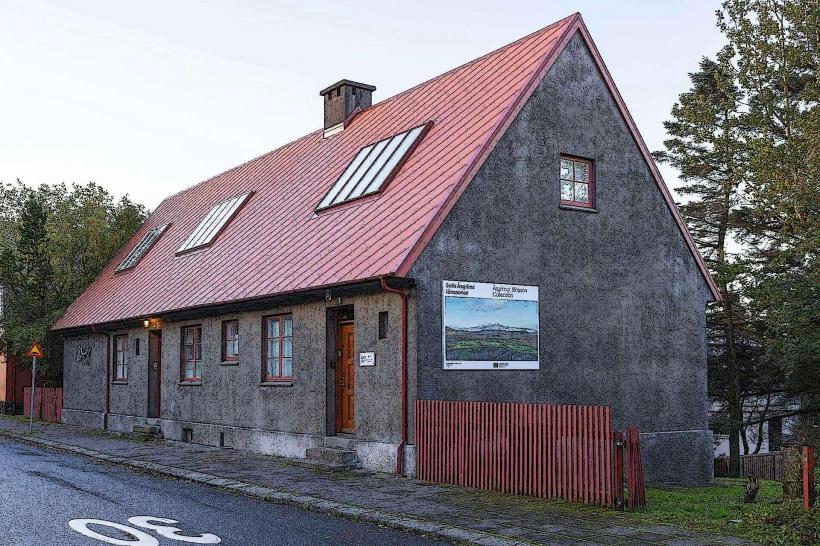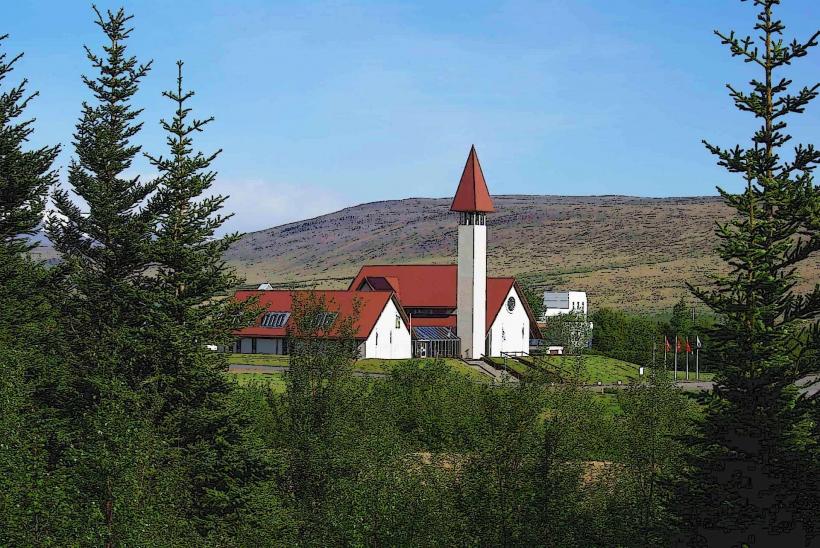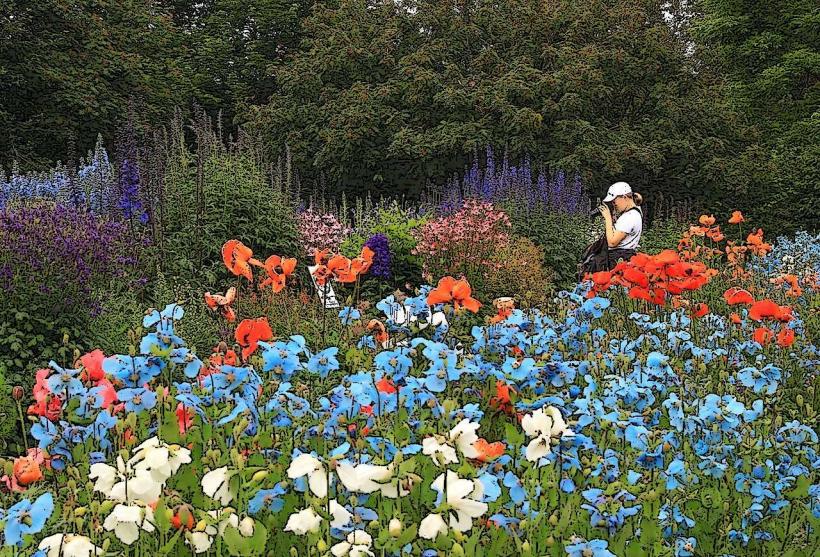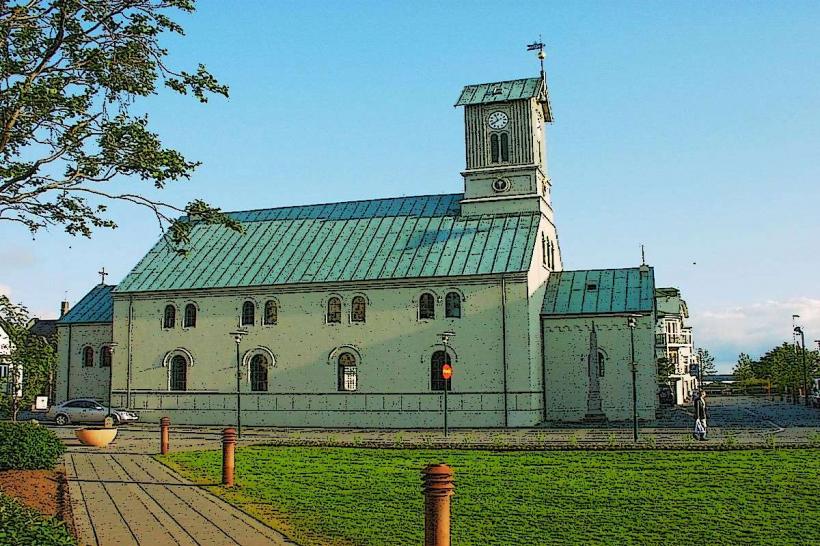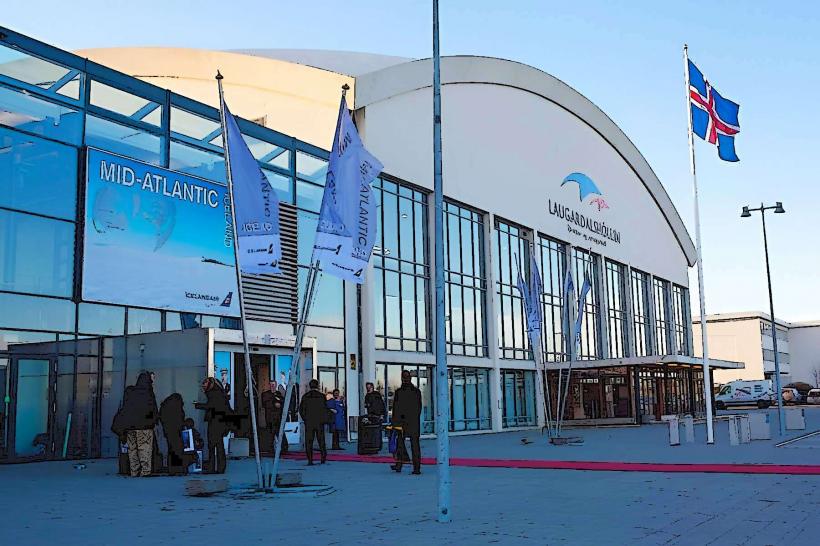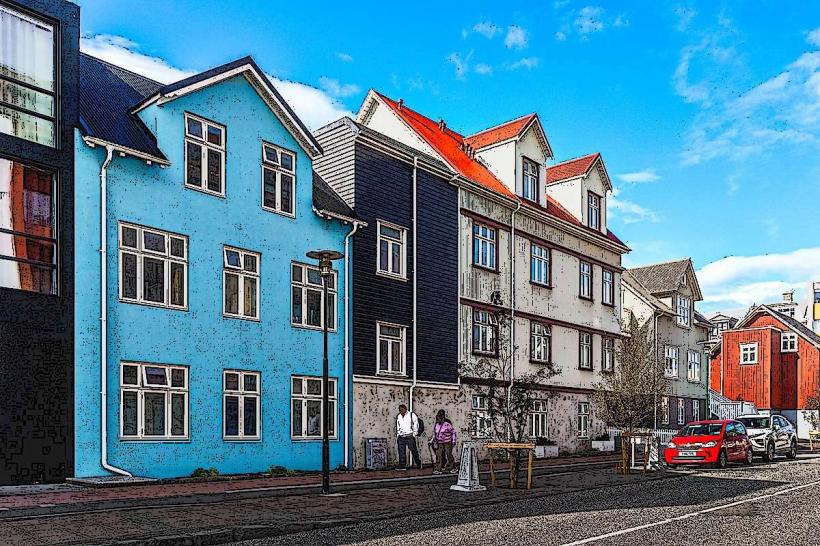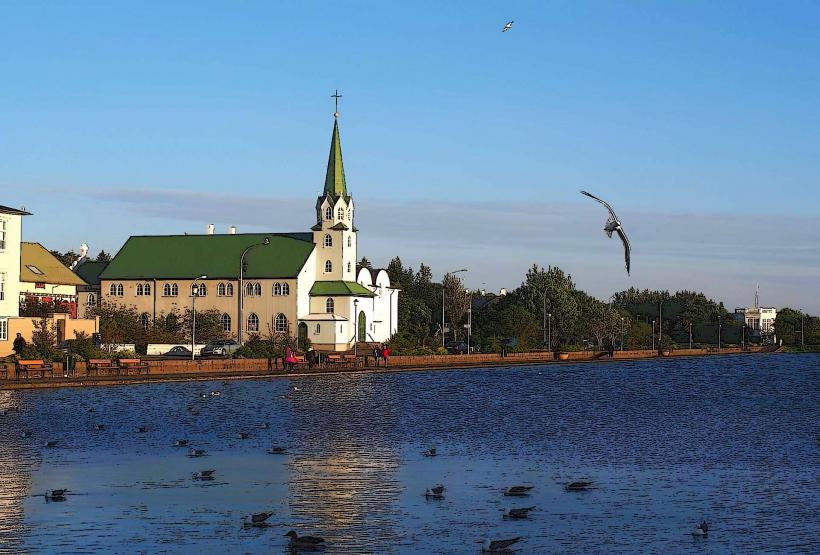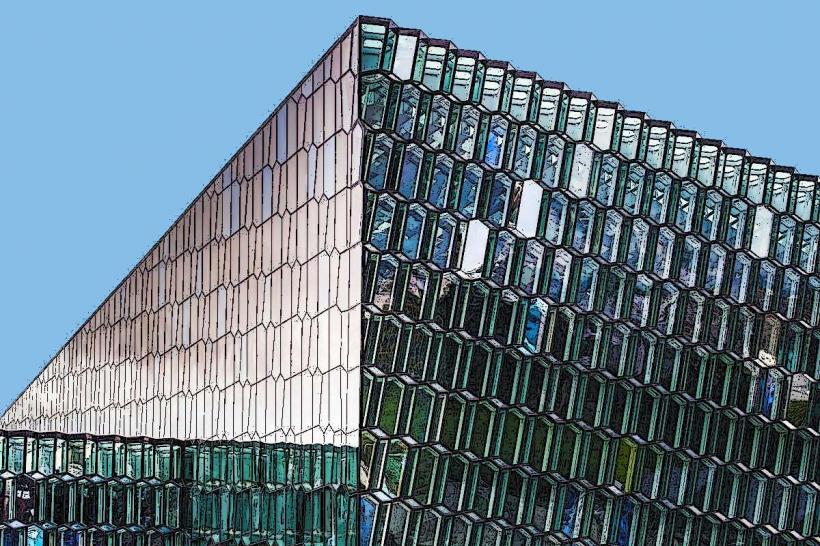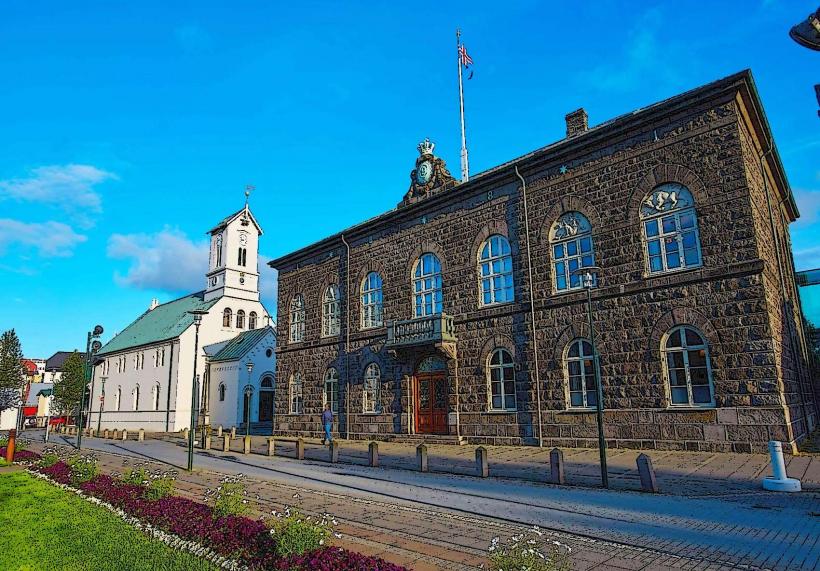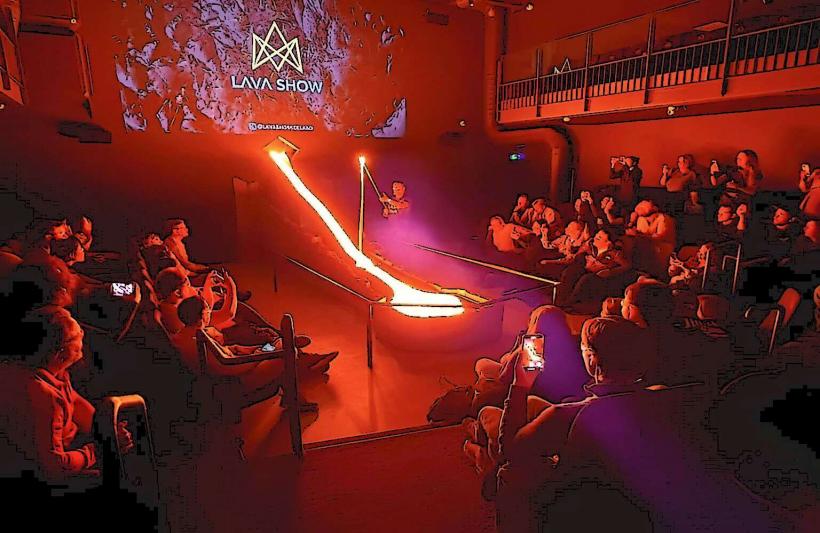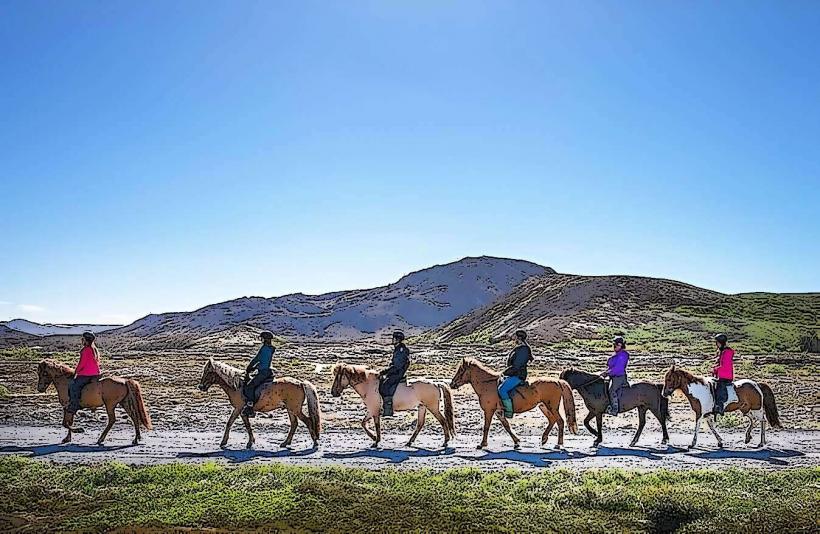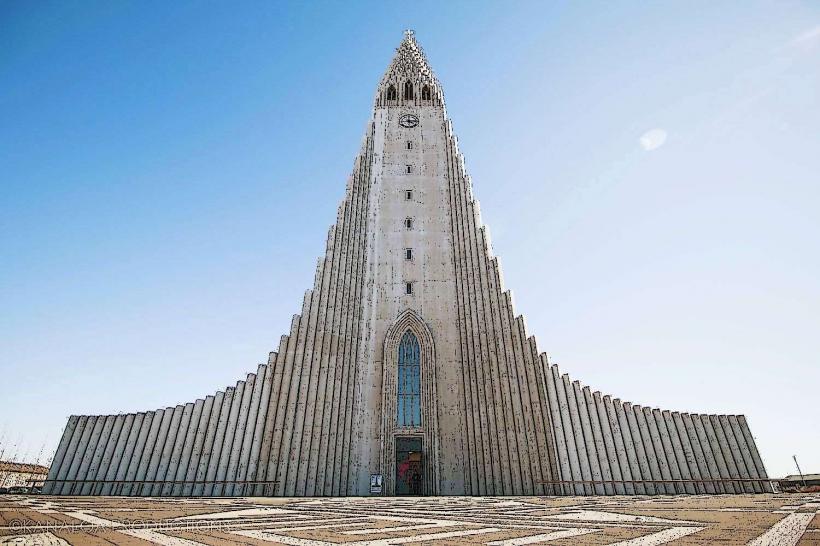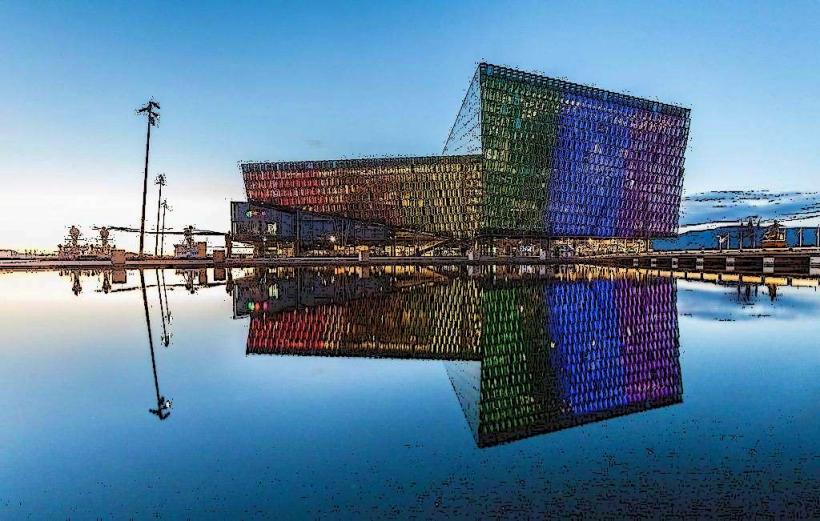Information
Landmark: Reykjavik City HallCity: Reykjavik
Country: Iceland
Continent: Europe
Reykjavik City Hall (Ráðhús Reykjavíkur) is one of the most important architectural and administrative landmarks in Reykjavik, Iceland. Located at the edge of Tjörnin Lake, it serves as the seat of the Reykjavik City Council and the mayor's office, playing a central role in the city's governance. The building is not only a hub for local government but also a popular attraction for visitors due to its modern design and interactive exhibits.
History and Architecture
Construction: Reykjavik City Hall was officially opened in 1992. The building was designed by the architectural firm Studio Granda, and its design is a reflection of Reykjavik's modern urban development and emphasis on transparency and openness in government. The location near Tjörnin Lake provides a serene and picturesque backdrop for the building, symbolizing a connection between Reykjavik's political center and its natural environment.
Design and Features: The design of Reykjavik City Hall is a blend of contemporary and functional architecture. The building features a striking combination of glass and concrete, with wide, open spaces and a minimalist aesthetic. The large windows allow plenty of natural light to flood the interior, creating an airy, inviting atmosphere.
Atrium: One of the standout features of the building is its large atrium, which spans several stories. This open space, with its high ceilings and modern finishes, creates a sense of openness and accessibility, embodying the transparency of the city government.
Eco-Friendly Elements: The City Hall also reflects Iceland’s commitment to sustainability. The building incorporates eco-friendly elements such as energy-efficient systems, a green roof, and the use of natural materials to minimize its environmental impact.
The Lake and Surroundings
Tjörnin Lake: Reykjavik City Hall is situated beside Tjörnin, a large, scenic lake in the heart of the city. The lake is a popular spot for locals and visitors, especially in the summer when the surrounding parkland is alive with activity. The proximity to the lake provides stunning views of the water and the surrounding green spaces, making the City Hall building even more visually striking.
Public Plaza: In front of the City Hall, there is a public plaza with a large area for pedestrians. This space often hosts events, markets, and outdoor activities. The combination of the lake, open plaza, and modern architecture makes this area one of the most popular and lively public spaces in Reykjavik.
Notable Features and Exhibits
Interactive 3D Map: One of the main attractions within Reykjavik City Hall is its 3D model of the city. This large, interactive map covers the entire city and is displayed on the floor of the main hall. The model uses a combination of physical and digital features, allowing visitors to explore Reykjavik's urban layout in detail. It provides information about the city’s geography, history, and urban development, making it a fascinating exhibit for both locals and tourists.
Art Exhibitions: Reykjavik City Hall also hosts temporary art exhibitions. These exhibitions often feature works by Icelandic artists and provide a platform for showcasing Icelandic contemporary art. The City Hall's open and spacious interior makes it an ideal venue for displaying a wide range of art forms, including photography, sculpture, and multimedia installations.
City Council Meetings and Public Access: The building also serves as the venue for Reykjavik’s city council meetings. The public is invited to attend these meetings, providing an opportunity to witness the city’s governance in action. The City Hall is designed to be a place of openness, allowing citizens to engage with their local government.
Visitor Experience
Accessibility: Reykjavik City Hall is centrally located, making it easy for visitors to reach. It is wheelchair accessible and open to the public, providing an excellent opportunity to learn about the city’s architecture, history, and governance. The building also features rest areas, cafes, and nearby parks for relaxation.
Public Engagement: The interactive exhibits, such as the 3D map and art displays, make the City Hall an engaging destination for those interested in Reykjavik’s history and culture. The building’s design encourages visitors to explore the connection between Reykjavik’s political and cultural life.
Guided Tours: Visitors can also take guided tours of the building to learn more about its history, design, and the role of Reykjavik’s city government. These tours are often offered in various languages and provide an insightful look into Icelandic civic life.
Conclusion
Reykjavik City Hall is not only an administrative building but also a vibrant cultural space. Its modern design, commitment to sustainability, and interactive features make it a fascinating destination for anyone visiting Reykjavik. The City Hall’s close connection to Tjörnin Lake, combined with its contemporary aesthetic and civic functions, makes it one of the most important and interesting buildings in Reykjavik, offering visitors a unique blend of architecture, history, and public engagement.

